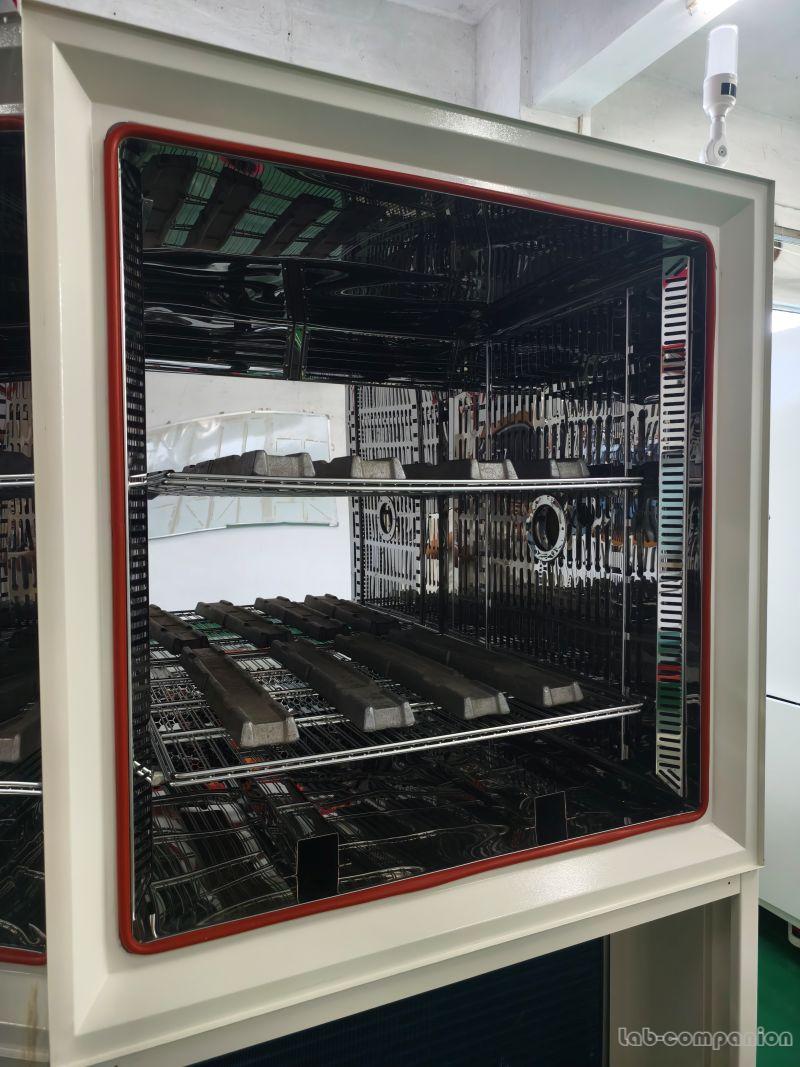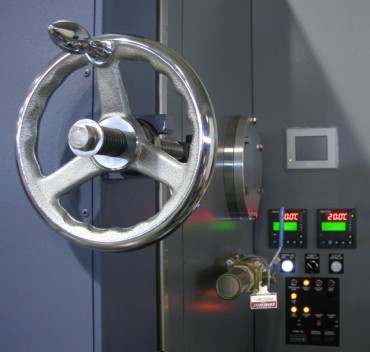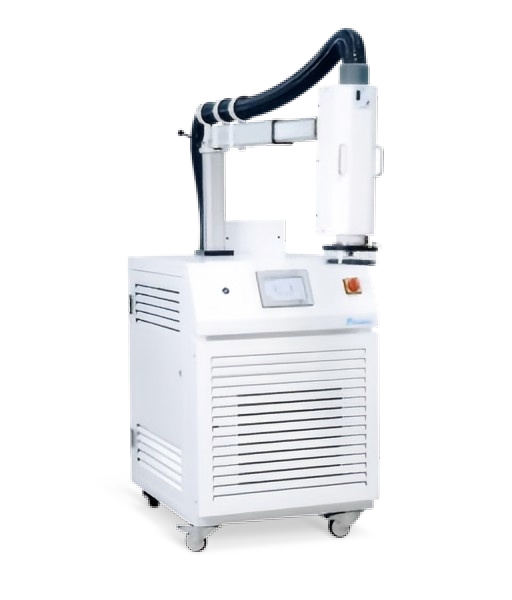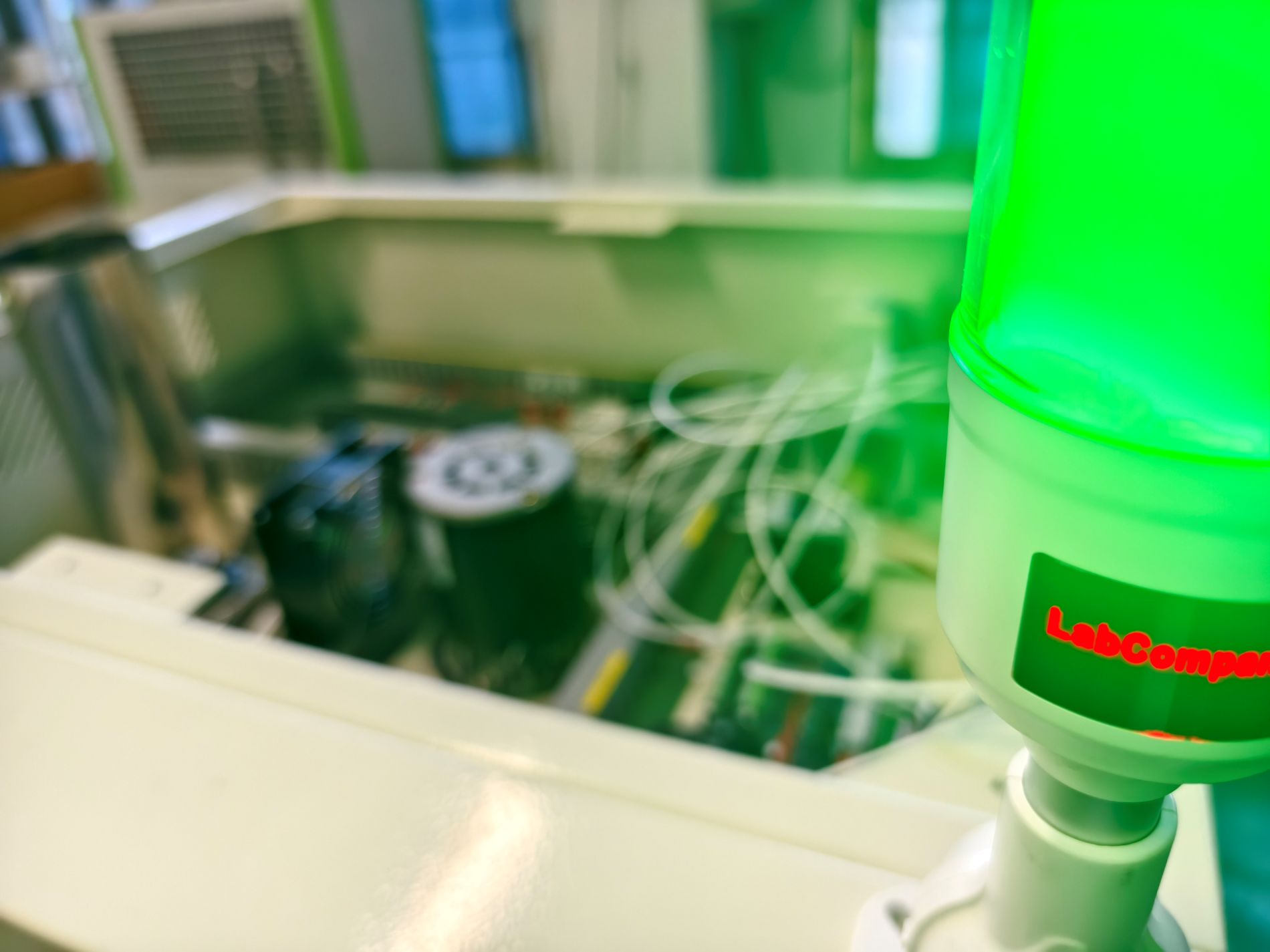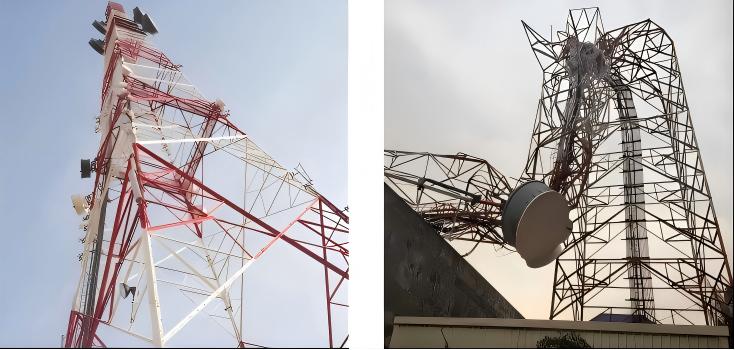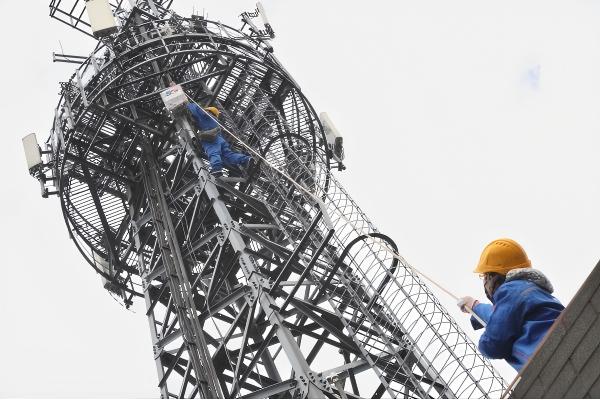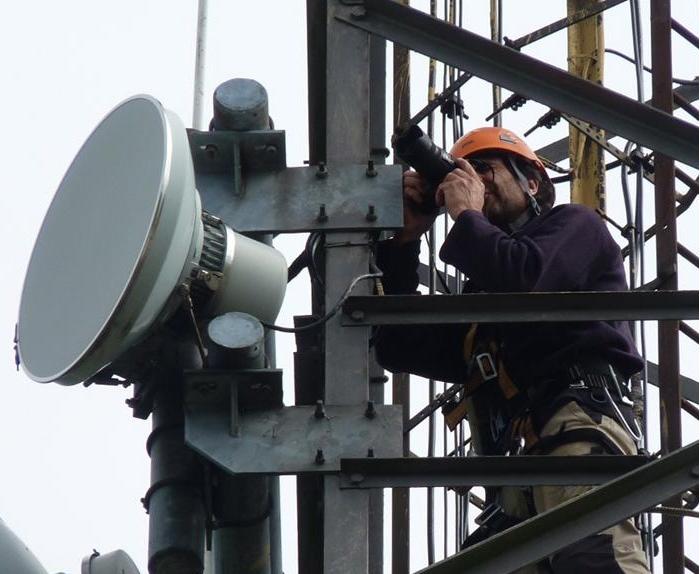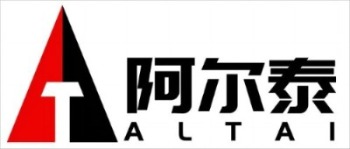The Introduction of Walk-in Temperature Test Chamber
Walk-in Temperature Test Chamber is a large laboratory that admit operator to walk in it, primarily used for environmental testing. It is commonly used for testing large parts, semi-finished products, and finished products to simulate real-world environmental temperatures, and is widely used in industries such as electrical engineering, electrical appliances, instruments, electronics, security, communication, sensors, automation, industrial control, precision machinery, etc. The Walk-in Temperature Test Chamber is equipped with a φ 50mm test hole with a plug on the side of the box. The plug material is low foaming silicone rubber, which can withstand high and low temperatures and has insulation effect. The heater adopts a porcelain frame nickel chromium wire electric heater, which has low thermal inertia and long service life. The instrument outputs a controllable pulse duty cycle PID signal, which is controlled by a solid-state relay to make the control smoother and more reliable.
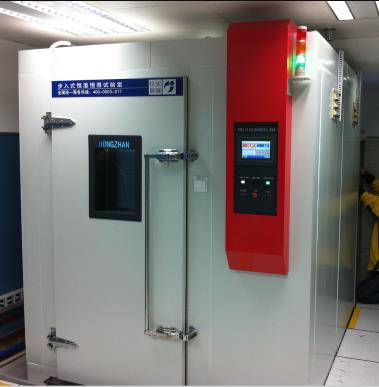
Performance and characteristics of Walk-in Temperature Test Chamber:
1.It has an extremely wide temperature and humidity control range, which can meet various needs for users. By adopting a unique balanced temperature and humidity control method, a safe and precise temperature and humidity environment can be achieved. It has stable and balanced heating and humidification performance, can achieve high-precision temperature and humidity control.
2.Equipped with intelligent temperature regulators, temperature and humidity are displayed using LED digital display. The high and low temperature damp heat test chamber can be optionally equipped with a temperature and humidity recorder.
3. Automatic selection of refrigeration circuit, the automatic control device has the performance of automatically selecting and operating to the refrigeration circuit according to set value of temperature, realizing direct start of the refrigeration machine and direct cooling under high temperature conditions.
4. The inner door is equipped with a large observation window, which facilitates the observation of the test samples’ experimental status.
5. Equipped with advanced safety and protection devices - residual current circuit breaker, over temperature protector, phase loss protector, and water cut-off protector.
We can customer High and low temperature test chambers, low temperature test chambers, constant temperature and humidity test chambers, high and low temperature damp heat test chambers, high and low temperature alternating damp heat test chambers, salt spray corrosion test chambers. above test chambers can be customized according to your requirements.
Therefore, Walk-in Temperature Test Chamber is suitable for enterprises with high demand on environmental testing and operational space.

